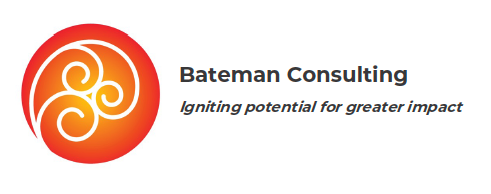Implementation Science Intro
/In case this one is a bit ‘heady’, I’m providing a picture of a relaxing beach
Hi Everyone -
I get asked a bit about implementation science, and so have put together some starter information .
Below are the two implementation science diagrams, as well as some additional information and helpful links.
Implementation Science the linking together of several disciplines in systems level development in health care -
Active Implementation Science
I quite like the simplicity of the driver diagram below (it’s a bit older) and found it useful in past implementations to both structure the programme and as a double-check. This is especially good for the RFP question - ‘Please provide a project plan for implementation with high level tasks and milestones etc.’ in order to give the tasks a bit more structure. If you’re explicit about it, it also demonstrates at least basic knowledge of implementation science for those in the know. Now that it’s all the rage, I’m starting to use this much more in my work. Even a year ago, no- one had heard of it and I was getting eye-rolls!
I do think the implementation driver diagram needs to be a square (or something) with the fourth side being the system-level drivers, development and leadership. I’m also very conscious that there are some large scale capacity considerations too!
Fixen and Blase since have established the Active Implementation Research Network
https://www.activeimplementation.org/
The National Implementation Research Network is a nicely laid out website with some good resources too.
https://nirn.fpg.unc.edu/ai-hub
Implementation Stages
Implementation Drivers - Fixen & Blase
EPIS
The EPIS framework is a newer evolution of some of the prior frameworks and models developed. It’s still lacking for us as far as inclusion of some of the system-level context and bridging factors, but I think is useful in structuring some of the thinking:
Here’s a recent article describing the model in use: https://www.ncbi.nlm.nih.gov/pmc/articles/PMC5899075/





